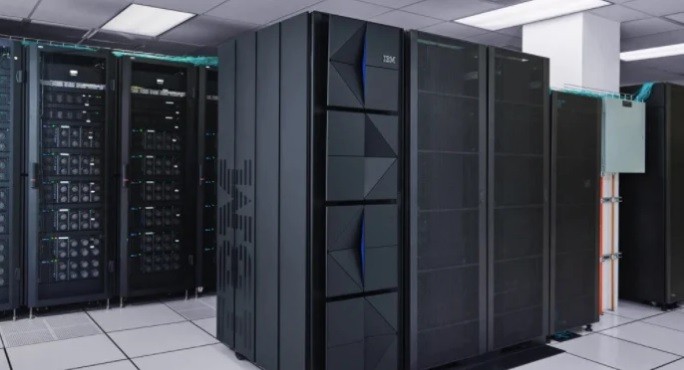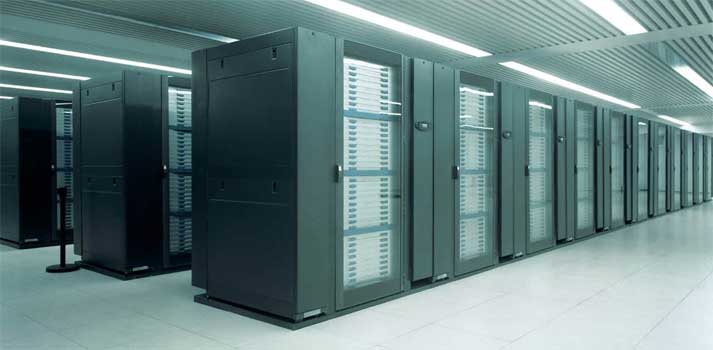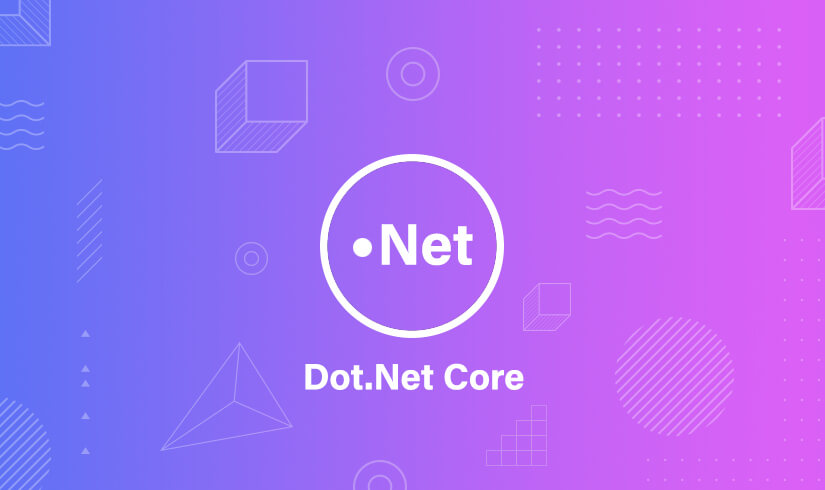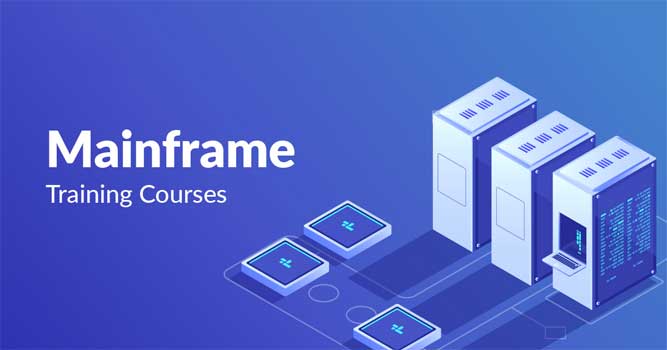The importance of a mainframe computer is often overlooked. While PCs, tablets and the cloud get all the attention, the big iron is still doing heavy lifting in data centers around the world. The reason why is a bit surprising. In fact, the mainframe is probably the single most important tool your organization has to keep itself in business well into the future.
The term “mainframe” is a little confusing. It’s both an important part of the history of computers in general and a specific and rapidly disappearing type of modern hardware. When they were first invented, mainframes were incredibly expensive and huge. You could only find them in dedicated rooms/facilities and employees had to sign up for time slots to use them.
Over the years, mainframes have become more affordable and smaller. They’re also more multipurpose and capable of a wide range of tasks. However, the size of a mainframe and the technology involved means that they are still much more costly than distributed servers.
When IBM introduced its first mainframe in 1958, it cost about $100,000 to build. That’s equivalent to about $1 million in today’s dollars. When you add in specialized OS and database software, maintenance fees, and expert staff, total costs routinely run into the millions. But the high quality of a mainframe system, coupled with the ability to store massive amounts of data, make it worth the investment.

Another reason why mainframes are so important is that they offer a level of reliability and stability that’s hard to match. Unlike desktop computers and even the latest servers, which are vulnerable to failures and viruses, mainframes can go for long periods without ever stopping or slowing down. Their mean time between failures (MTBF) is measured in decades.
Moreover, the multipurpose nature of a mainframe allows it to handle a large number of different applications and tasks at once. This makes them ideal for processing real-time business transactions. The scalability of mainframes also means that they can be easily expanded or modified to meet increasing demands. This is particularly useful for organizations that have to deal with a sudden influx of customers or other variables.
A final benefit of mainframes is that they are designed to protect data security. By storing data and programs on a single system, administrators can enforce security policies and prevent unauthorized access. They can also allocate processor time and resources among logged-in users so that certain types of work have priority over others.
Suppose you’re looking for a platform that can deliver high pure CPU and I/O processing power, top-tier security, flexibility, scalability, and a cost-effective solution. In that case, the mainframe is a clear choice. It’s no wonder that multibillion-dollar companies rely on it to help them survive in the modern business landscape.





